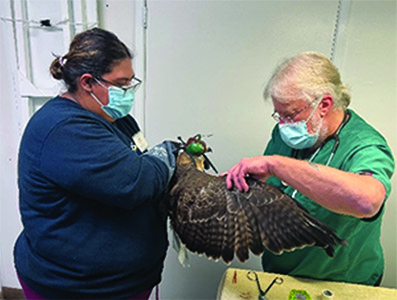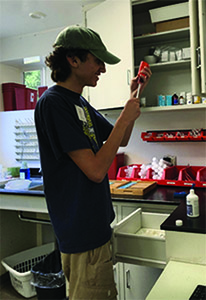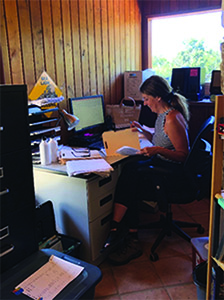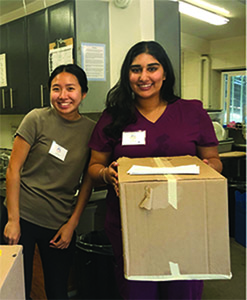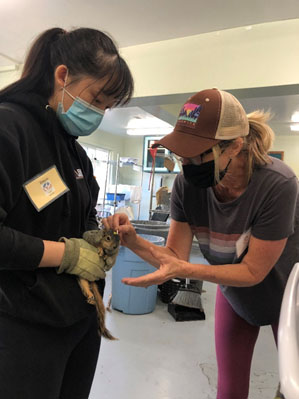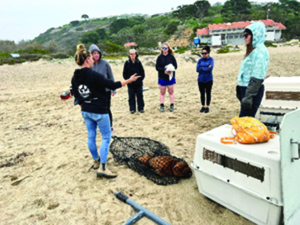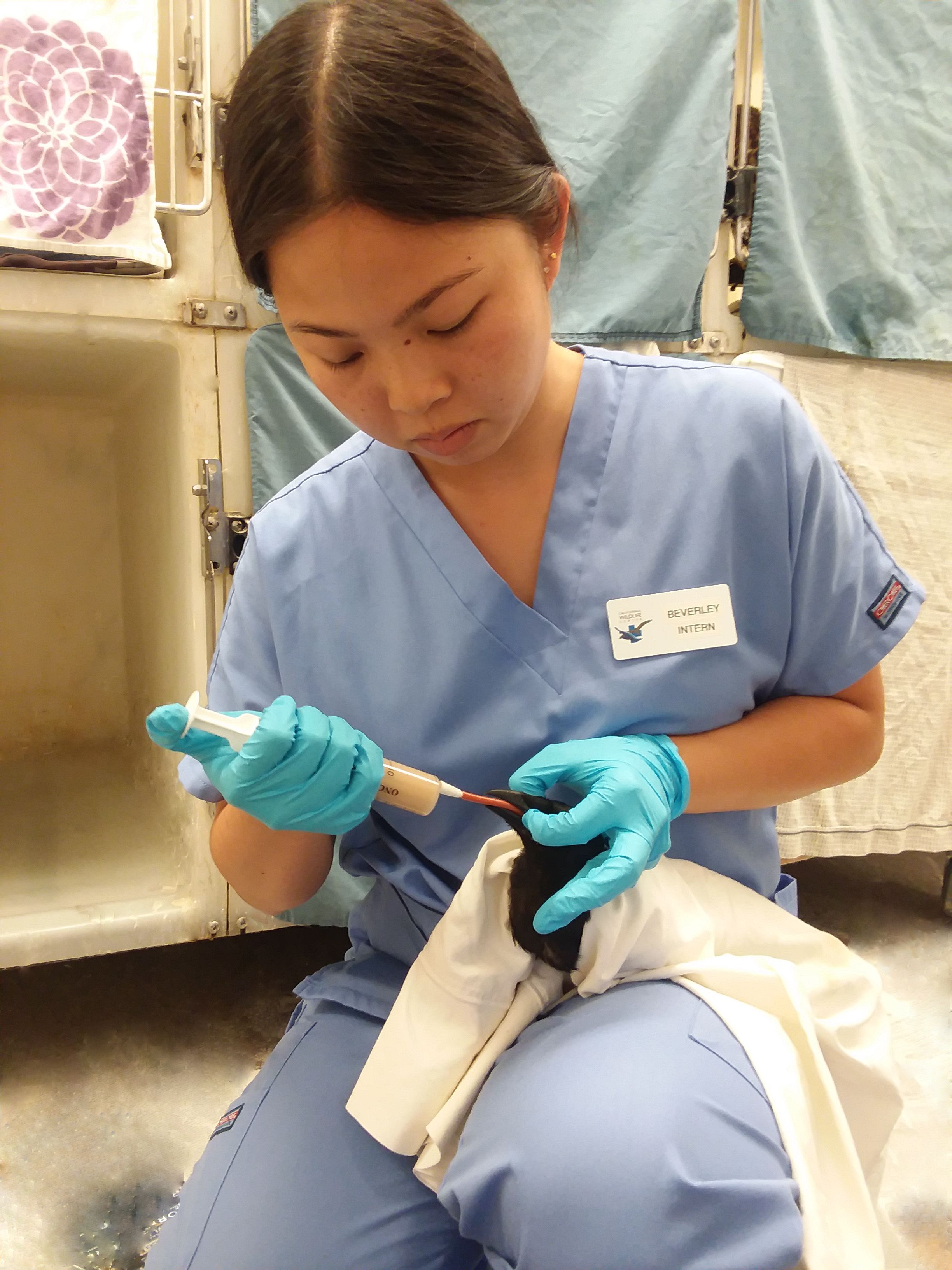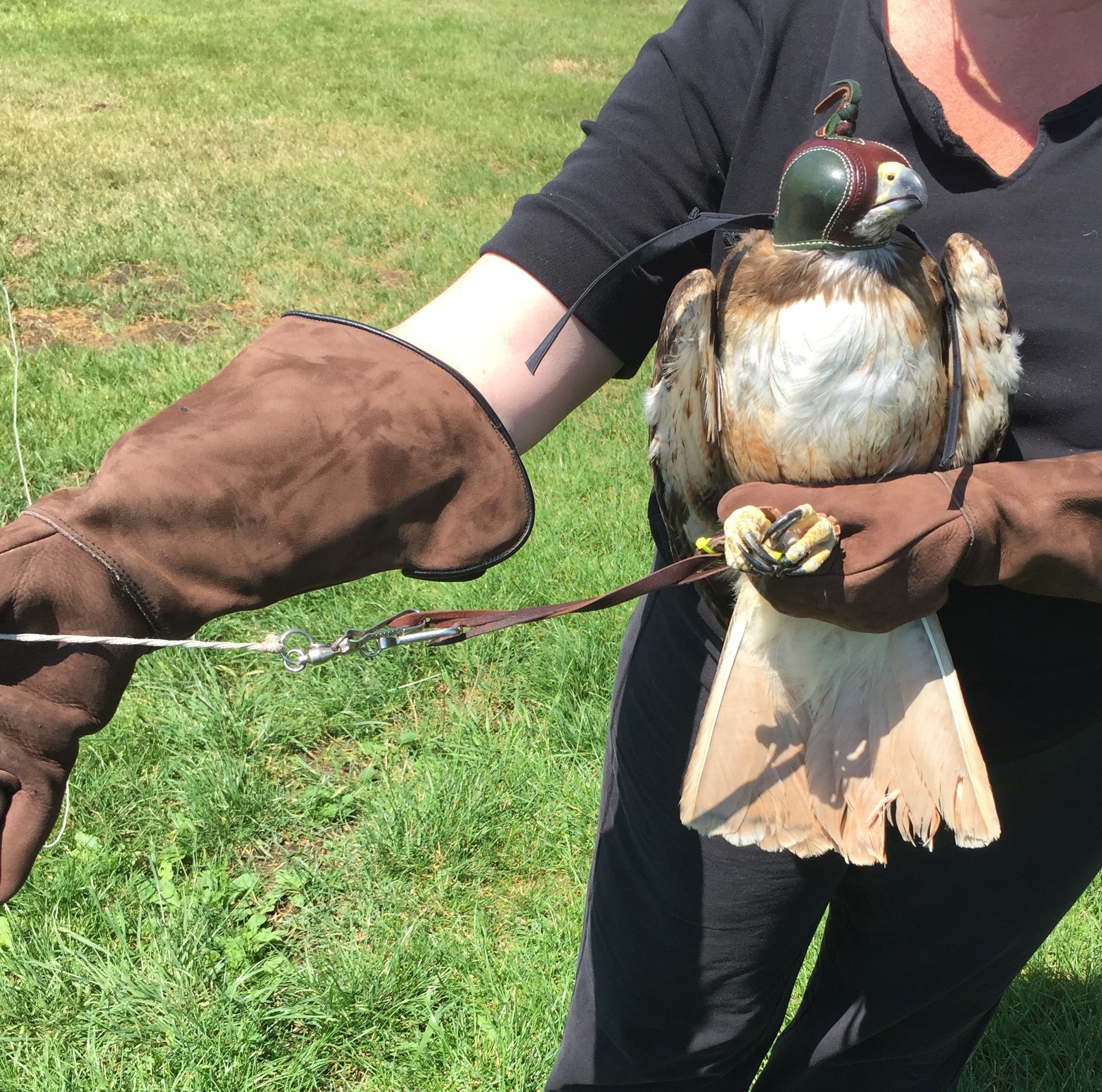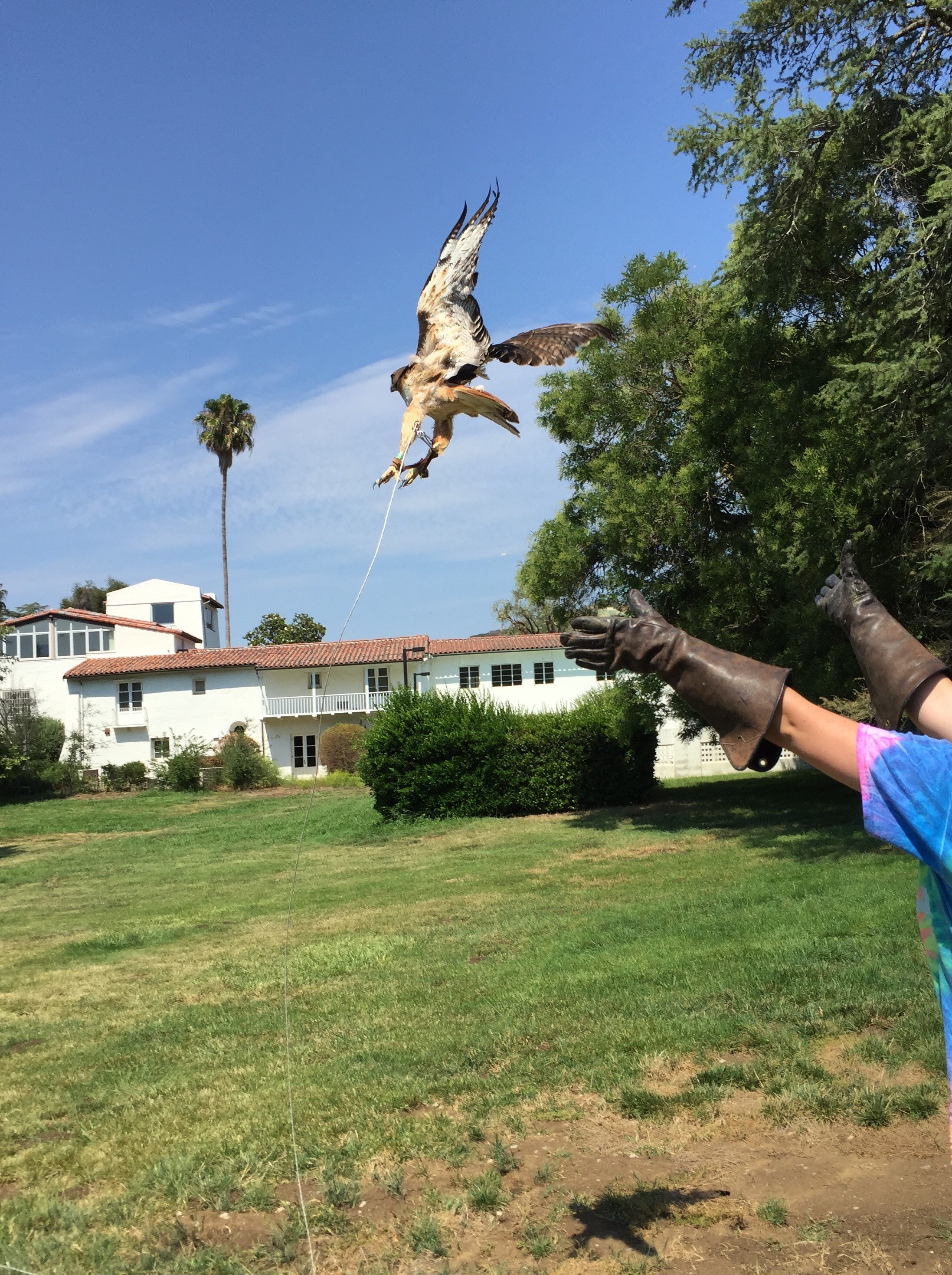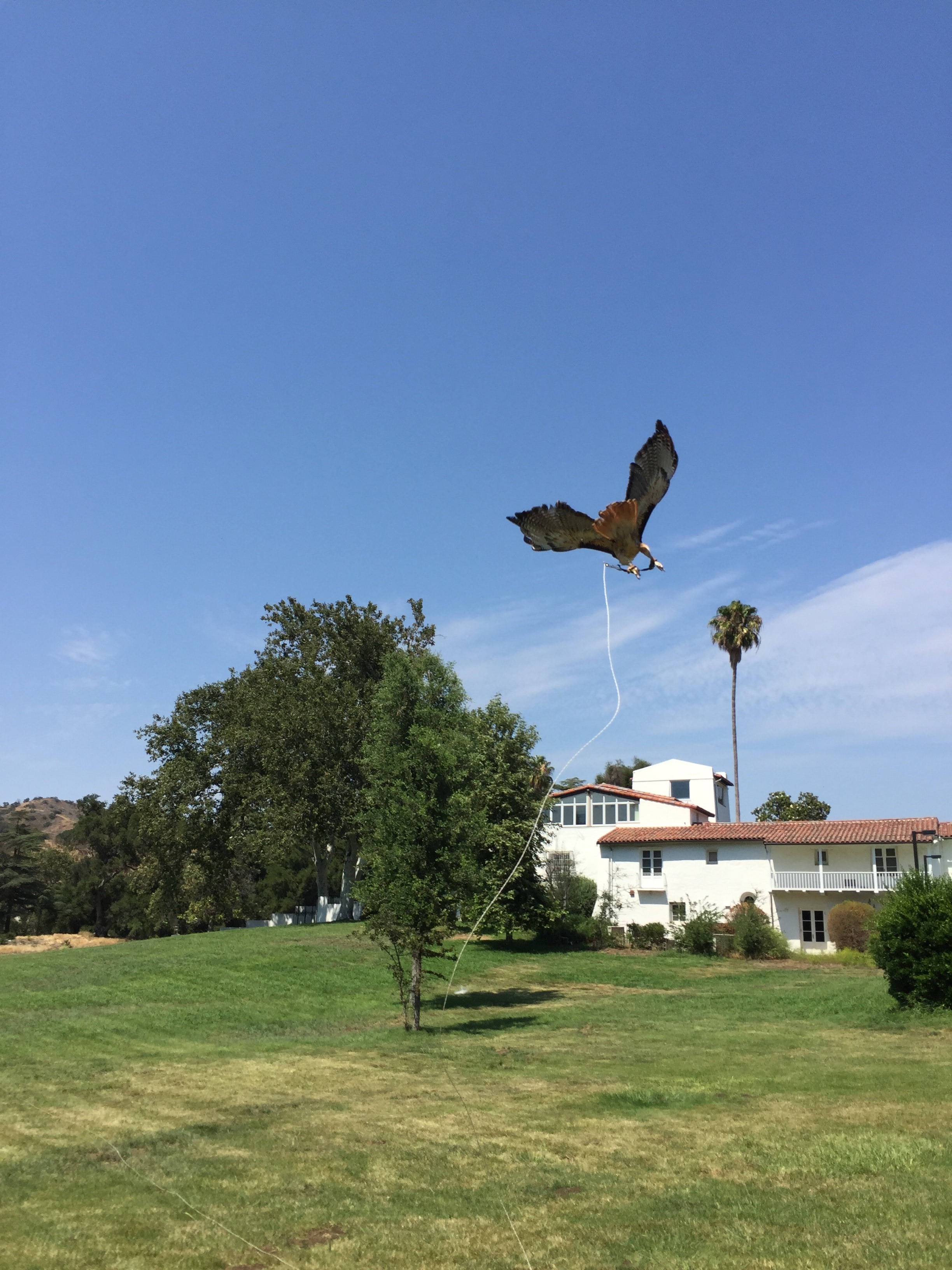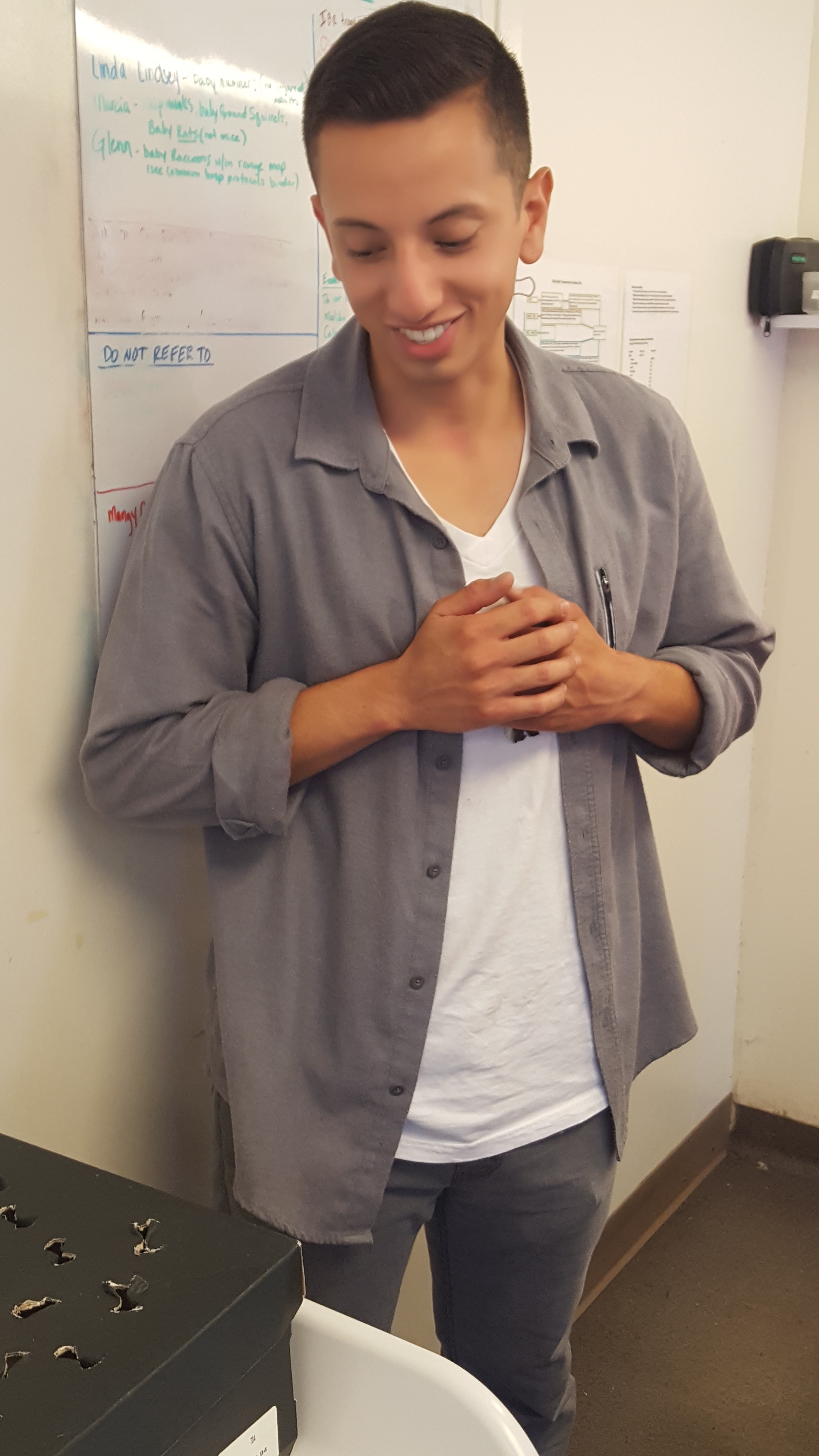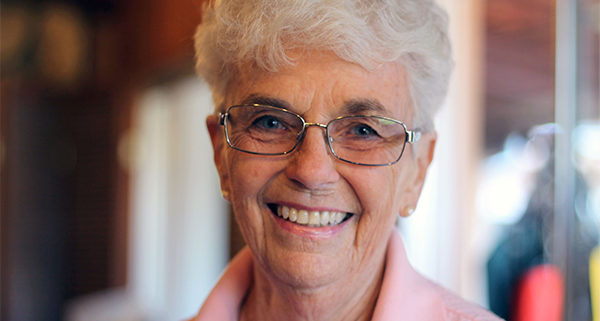By Kristilee Kodis, Volunteer and Outreach Manager
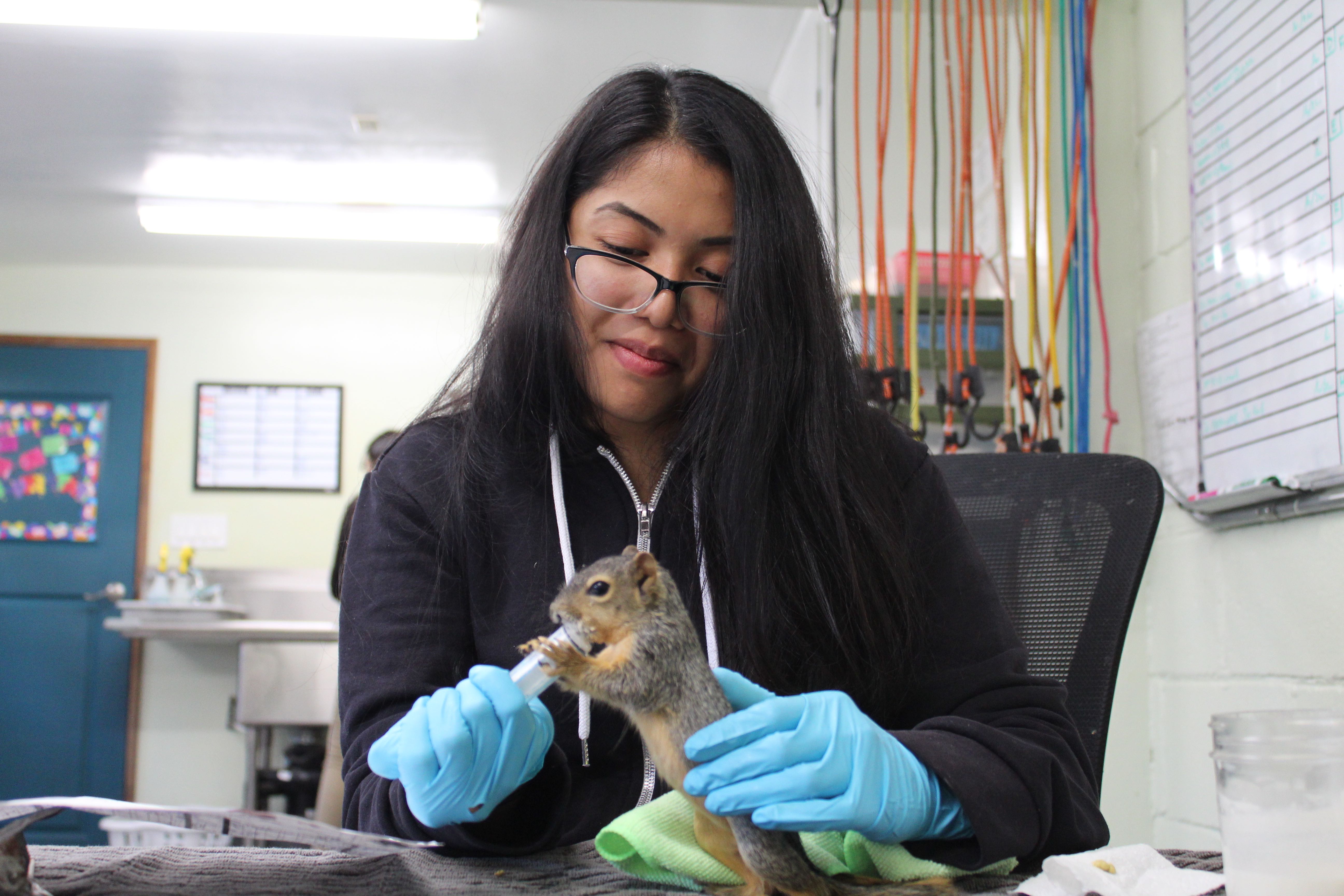
A CWC volunteer feeding a Squirrel
Photo by Cambria Wells
Volunteering at California Wildlife Center is a great way to contribute to the welfare of native wildlife. When you donate your time, you are afforded the opportunity to work with wild animals in a unique setting. Our goal is to rescue and rehabilitate sick, injured and orphaned native wildlife. We achieve that goal only with the dedication of our 200+ volunteers. Not only do we need your assistance with the care of our wildlife patients, volunteers are also an integral part of all aspects of our organization—from caring for the animals to assisting us with outreach events and helping us fundraise. Our volunteers work in collaboration with staff to aid in the rehabilitation and release of the thousands of animals we see every year. Volunteering gives you the opportunity to gain the understanding, ability, and skills needed to care for the animals at our facility.
To become a volunteer at CWC, you must attend a Basic Orientation and make a six-month minimum time commitment. During those six months, you are required to provide one, four-hour shift per week of volunteer commitment. CWC wants to make sure that we have consistency, skill development, and experience in our volunteers. The Volunteer Manager trains the volunteers, and staff and more seasoned volunteers serve as mentors.
There are three main areas in which to volunteer:
Volunteers can spend their time working in the Intensive Care Unit (ICU), which takes care of critical patients often injured as a result of negative interactions with humans. In the ICU, volunteers work hands-on with a wide variety of species, including Crows, Hawks, Owls, Songbirds, Opossums, Squirrels, and Rabbits. Along with animal care, the ICU volunteers take care of the diet preparation for the patients at the facility. Volunteers will be taught how to feed our patients and clean enclosures at various stages of rehabilitation. ICU is open 365 days a year.
Volunteering in the Orphan Care Unit (OCU), allows you to care for the orphaned baby wildlife brought to us by the public. In OCU, volunteers work hands-on with a wide variety of babies, including Songbirds, Swallows, Opossums, Woodpeckers, Doves, Pigeons, and Squirrels. Volunteers will be taught how to syringe feed, tube feed, and hand-feed the babies in our care. OCU volunteers prepare formulas and feed diets to OCU patients. The OCU season starts in the Spring and ends in the Fall.
In Marine Mammals (MM), you have the unique opportunity to be part of one of the only organizations in Southern California to offer marine animal response. MM volunteers assist with the rescue of sick, injured, and entangled California Sea Lions and Northern Elephant Seals in Malibu. They also work in our rehabilitation enclosures to help these young animals in preparation for release. MM is physically demanding due to the rescue needs, nature and size of the animals. The in-house MM rehabilitation season starts in January and runs through July. Rescues occur year-round.
To become a volunteer, go onto our website at https://cawildlife.org/ and select the “get involved” tab. Orientations are held on an as-needed basis and occur throughout the year.

